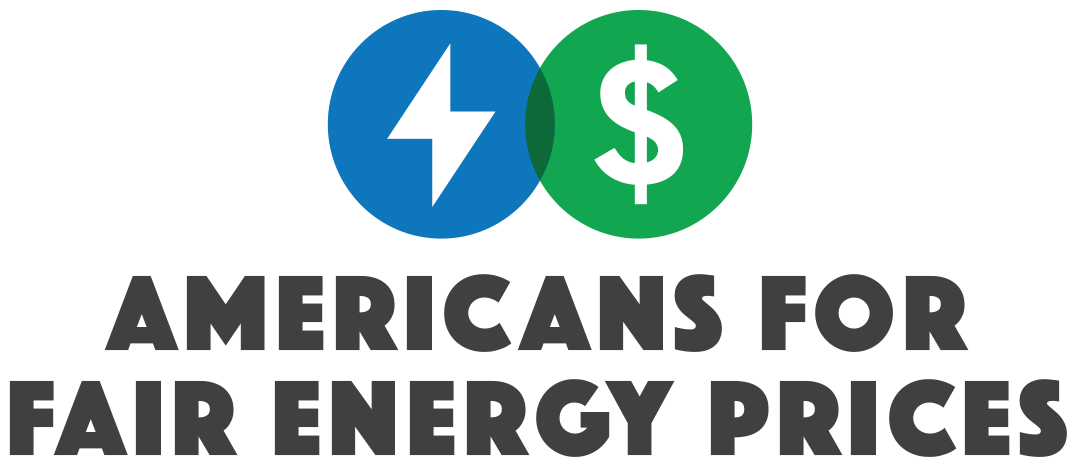
A Competitive Transmission Process Saves Consumers Billions of $$$
What is Right of First Refusal (ROFR)?
Right of First Refusal legislation, or ROFR, gives special rights to utilities by limiting competition on who can build electric transmission lines and automatically grants current utility providers the right to build any new transmission lines in their service area. Tens of billions of dollars in new transmission lines are slated for development in the Midwest in the coming years.
How do consumers save by defeating ROFR?
Defeating Right of First Refusal Legislation (ROFR) helps control rising energy costs by introducing competition.
Free market competition can bring savings of 20-30% or more in transmission construction – and those savings are passed on to consumers. But some states may eliminate competition – and the cost savings – by enacting “Right of First Refusal” (ROFR) laws.
“If all new transmission projects were competitively bid … ratepayers could save an estimated $840 billion by 2050.”
“Where electricity transmission competition has been allowed, it was shown to have an estimated range of cost savings from 15% to 60% for new transmission projects. It has also played critical roles in bringing innovation to the transmission system and connecting needed renewable energy sources to the electricity grid. Assuming a conservative estimate, if only 33% of new transmission projects were competitively bid and there is an average cost savings of 40%, ratepayers could save an estimated $277 billion. If all new transmission projects were competitively bid at an average cost savings of 40%, ratepayers could save an estimated $840 billion by 2050.”
$900 million in New Jersey
The largest-ever competitive bidding process for a transmission project in the country saving $900 million. A new order from the Board of Public Utilities is asking for a second round of competitive projects, which could save ratepayers billions.
$58 million in Kansas and Missouri
The Wolf Creek to Blackberry transmission project, a 94-mile 345 kV line, was competitively bid and the least expensive proposal was selected. Read more.
$500 million in New York
New York’s Empire State Transmission Line was selected by the New York Independent System Operator (NYISO) through a competitive bidding process – the first competitively bid transmission project awarded and built in New York.
$26 million in Oklahoma
The Minco-Pleasant Valley Draper transmission project, a 48-mile, 345 KV line, was competitively bid with regulators selecting the least costly proposal.
ROFR nightmare in Minnesota - Consumers will be paying more for transmission lines
Minnesota adopted a ROFR law in 2012. According to the Star Tribune a year later:
“State laws in Minnesota, North Dakota and South Dakota, three of the eight states where Xcel operates, discourage competitive transmission projects. Xcel supported passage of those competition-limiting measures.”
“The price of a massive Xcel Energy Transmission line across southwest and central Minnesota - which would connect more wind and solar farms - has more than doubled to $1.14 billion.”
Competition can save consumers 20-30% on transmission construction costs - a savings that ROFR eliminates.
States with ROFR Losing in Court
States passing ROFR laws suffered high-profile defeats recently, showing that attempts to stifle competition will only delay needed transmission projects and force taxpayers to foot costly legal bills.
Think utility special legislation wastes money on lawyers and lawsuits.
Voters in Illinois are concerned that ROFR laws will lead to costly litigation, according to an AFEP survey of voters there.
79%

Consumers save more $$$ when rejecting ROFR
“Competition in transmission design can reduce final costs to consumers by encouraging firms to propose creative solutions to meet identified transmission needs more efficiently.”
- US Department of Justice and Federal Trade Commission





